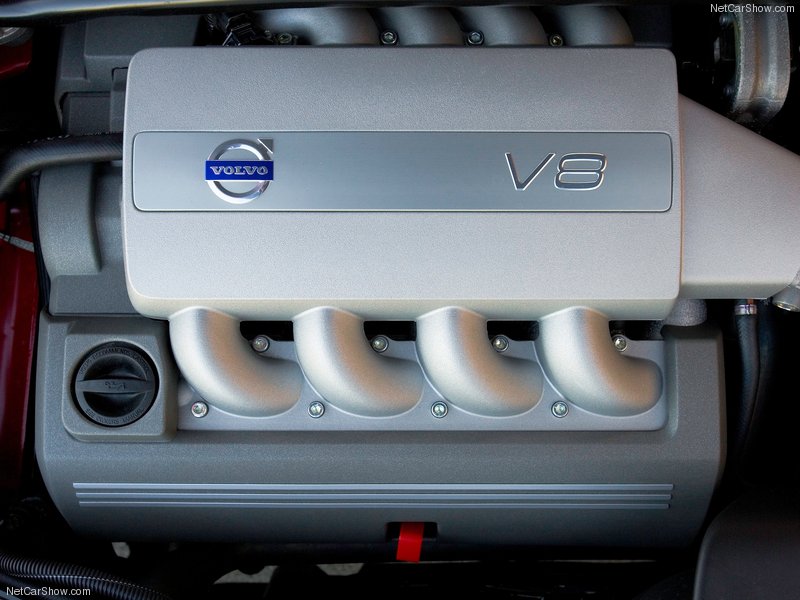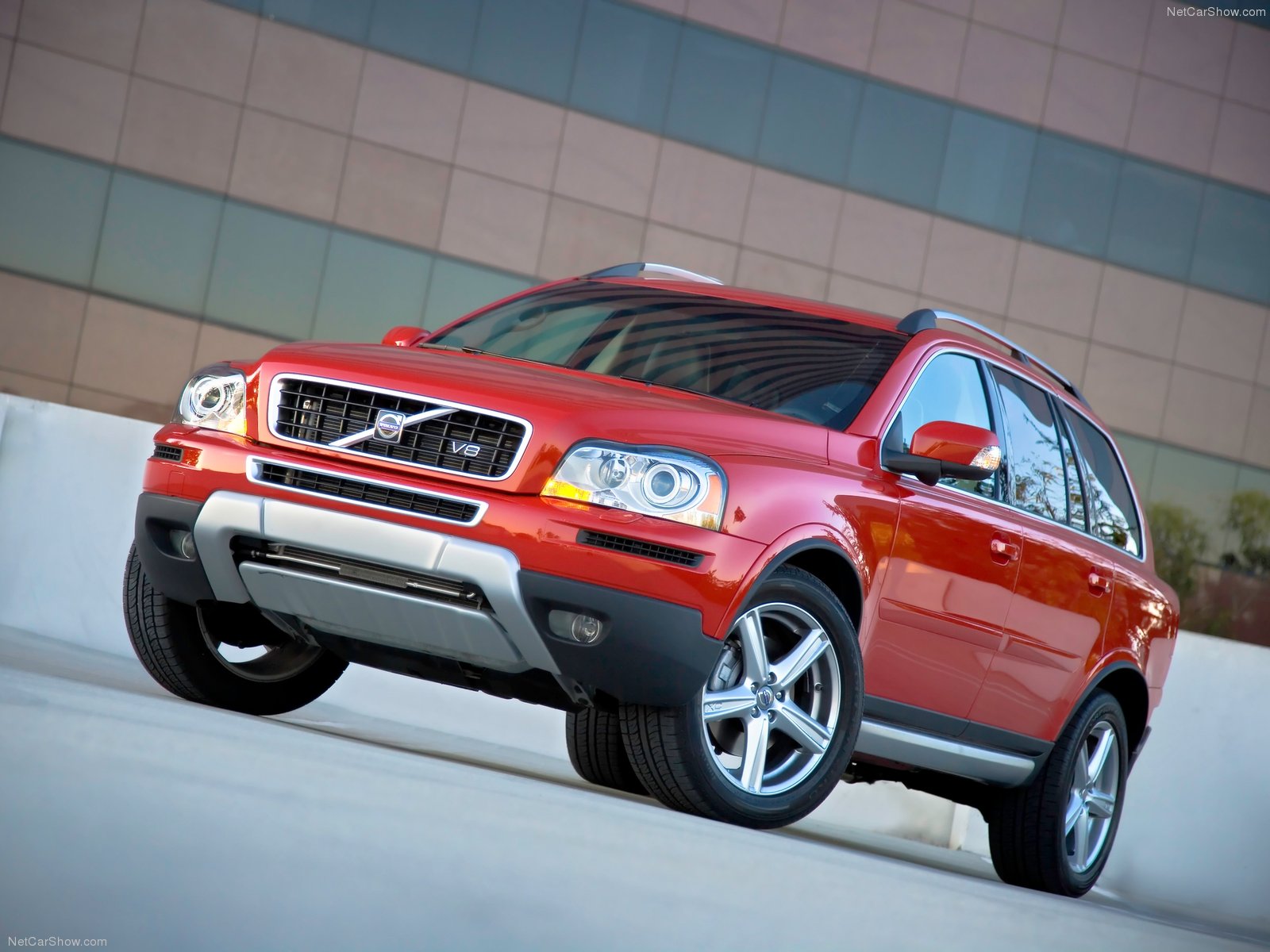Back in 2005, Volvo introduced its first V8 gasoline engine used in passenger vehicles to replace their T6 engine. Unlike their predecessors, Volvo relied on the manufacturer Yamaha to design this engine. The V8 was rolled out in the XC90 for the 2005 model year all the way through the 2012 models and was mated with a 6 speed automatic TF-80SC AWD transmission.

The B8444S is a 270 cubic inch 8 cylinder 32-valve "V" style engine rated at 311HP and 325 ft/lb of torque, with a 0-60 mph time of 6.9 seconds and a governed top speed of 118 mph in the XC90. Unlike most Volvo engines that utilize a timing belt to keep the engine in sync, this V8 was designed to use a timing chain which in turn also kept down the maintenance costs for the owner as it doesn't need to be changed out as frequently as a belt would. Even with all this power, Yamaha and Volvo were still able to achieve a ULEV II emission level status.

Its design consists of a 60º angle between the two cylinder head banks as opposed to your average 90º V8 to provide a compact design. The engine block was also constructed of aluminum to keep weight down and to improve efficiency while the cylinder heads and camshaft covers were made of aluminum alloy. The engine includes solid valve tappets, a counter-rotating balance shaft that generates vibration-free operation, and a compression ratio of 10.4:1. The engine uses a Denso engine management system for its brains and is equipped with Continuous Variable Valve Timing units on all four camshafts. Intake valves are 35mm while exhaust valves are 30 mm with a stellite coating - all of which are angled 19º. It uses an NGK spark plug part number IFR6B which has a center electrode of iridium, a side electrode of platinum, and a heat range of 6.
The intake manifold is constructed using two parts with an integrated longitudinal damper valve. The damper valve is positioned in either a completely closed or open position. From 0-3200 RPM the damper valve is closed while at higher speeds it is open. By dividing the plenum into two separate sections, the divided space will function as two secondary runners. A closed valve produces the same effect as a long intake runner which provides better low-RPM torque while an open valve will do the opposite producing the effect of a short intake runner, improving high-RPM power.
The engine is no longer being produced
The B8444S was later introduced into the P3 platform S80s from 2007-2010 but has since been discontinued. Even though the engine is no longer being produced it doesn't mean it's the end of the road. Recently Polestar had the opportunity to enter this year's 2014 V8 Supercars using the B8444S stuffed into two S60s. With several modifications, they were able to achieve 650HP and 660NM of torque! The engine was still kept naturally aspirated however it was paired with 8 individual throttle bodies. (video)
[gallery columns="2" ids="4557,4558"]











